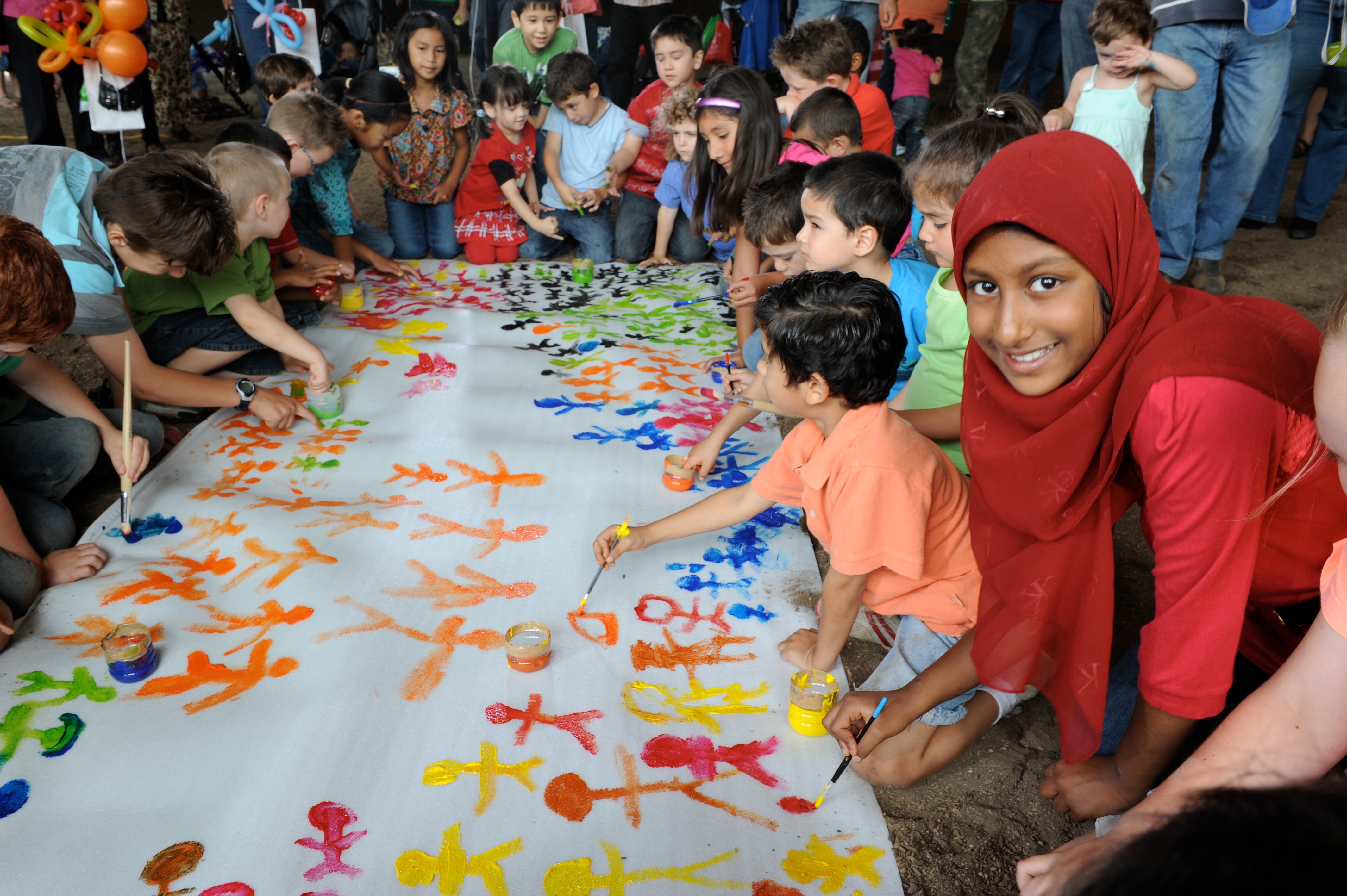Harmony Day is a holiday celebrated in Australia on March 21. It is a day for Australians to show appreciation and respect for people of all different cultural and ethnic backgrounds who have made Australia their home. A major goal of Harmony Day is to promote a shared sense of belonging among all Australians. In 2019, the Australian government under Prime Minister Scott Morrison expanded the holiday to a weeklong series of festivities. Since then, Harmony Day has been part of a larger celebration known as Harmony Week, which spans the week of March 21 from Monday to Sunday.

Australia experienced a wave of anti-immigrant sentiment in the middle to late 1990’s that raised concerns about racism. In 1998, the government under Prime Minister John Howard launched a new initiative called Living in Harmony. This initiative provided grants for communities and local organizations to develop projects to improve cultural awareness and build acceptance among people of different ethnic and religious groups. The initiative also included a promotional campaign to end racism and cultivate a respect for diversity, tolerance of others, and community harmony. Harmony Day grew out of this campaign. The first Harmony Day observances were held in 1999. The date March 21 was selected because this is also the date that the United Nations has established as the International Day for the Elimination of Racial Discrimination.
Schools and community organizations in Australia mark the holiday with multicultural celebrations and events. Local communities host festivals, concerts, and other activities to appreciate and share various cultural traditions. In honor of the history and cultural practices of the Indigenous (native) peoples of Australia, Harmony Day events often begin with a speech called an Acknowledgment of Country. Acknowledgment of Country speeches recognize the Indigenous peoples of Australia as the traditional owners of the land on which an event is being held. Some Harmony Day events start with a Welcome to Country ceremony. Welcome to Country ceremonies are led by Indigenous elders who invite non-Indigenous peoples onto their traditional lands.
Many people wear orange clothing to commemorate Harmony Day. The color orange symbolizes the importance of open-minded conversations between people. People also wear traditional dress or other clothes to represent their heritage.
